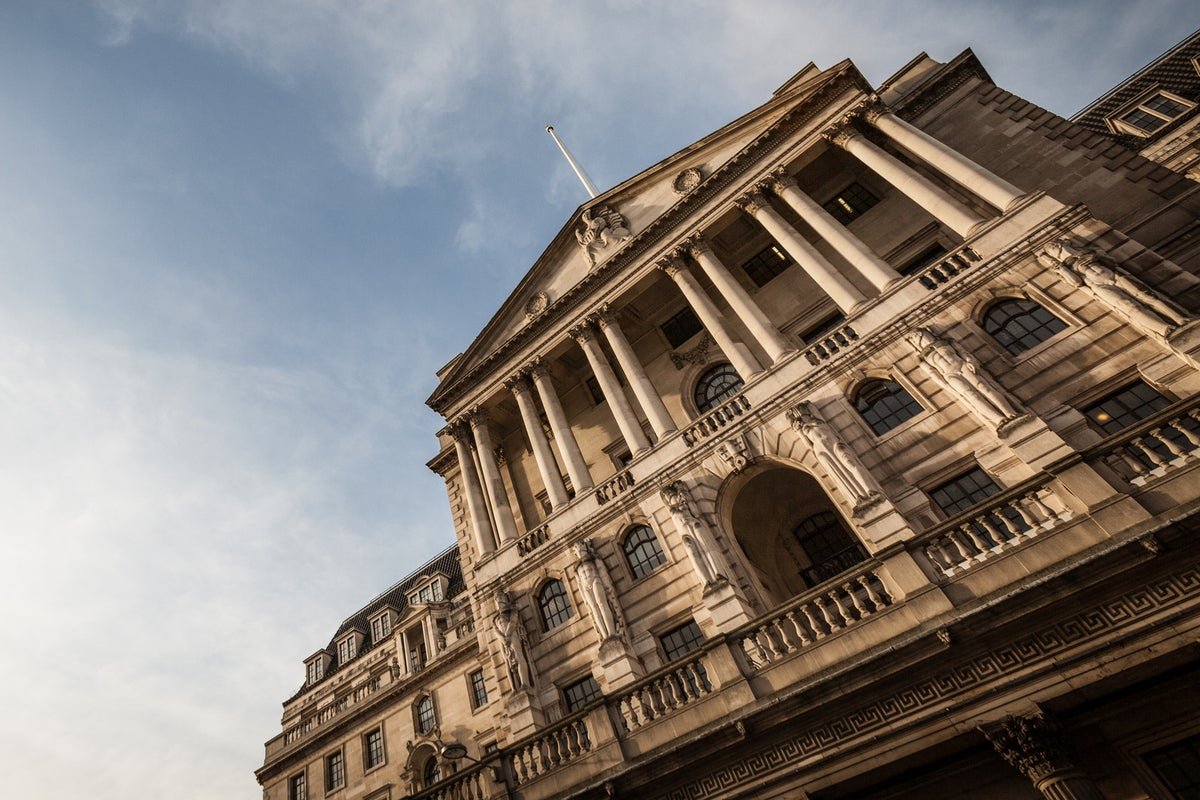The Bank of England’s (BoE) next meeting to determine interest rates is on Thursday 19 June, and all eyes will be on the Monetary Policy Committee (MPC) and whether its members opt to continue lowering rates.
The base rate – currently at 4.25 per cent following cuts in February and May – impacts consumers and taxpayers through everything from their mortgages to savings, so what do experts foresee both next week and beyond?
Will interest rates be cut next week?
Almost certainly not, is the short answer.
While back-to-back cuts were considered possible among economists earlier this year, since then we’ve had more uncertainty over Donald Trump’s tariffs, businesses dealing with higher labour costs coming into force, higher than expected inflation rates and now escalating tensions after Israel’s strike on Iran.
As such, most analysts expect the MPC’s June decision to be a split vote, but overall one to hold rates at 4.25 per cent for now.
It’s worth remembering that for mortgages in particular, many products are priced using future expectations of the interest rate, so changes in that market can still occur.
For savers, while no immediate cut to variable rates is likely, it’s always worth checking the best offers on the market to make sure your money is earning as much as it can for you.

Influential factors around cuts
The MPC has nine members and their votes decide if the base rate is cut, raised or kept the same.
Barclays analysts expect a 6-3 split vote this time, but say “the MPC would need to have substantial conviction that the economy is deteriorating quicker than its May forecast” to have another two voters flip to cutting. Even so, three votes to cut at this stage would be indicative of the direction of travel, paving the way for an August cut. Others have pitched expectations at a 7-2 split this time around.
Among the factors MPC members will have been looking at are job and wages data, the level of inflation across the UK and also external factors which can impact the UK economy.
While inflation data came in higher than expected for April at 3.5 per cent, though a rise overall was already on the cards with increased labour costs. Higher inflation is a reason to keep interest rates up, as it can discourage businesses from investing in new projects or hiring – which in turn raises earnings and spending power.
Meanwhile, last week’s key data saw salary growth slowing and unemployment rising – these are factors which can see interest rates decrease.
Thomas Pugh, chief economist at audit and tax firm RSM UK, explained that while pay growth remains higher than ideal for the BoE, the drop-off is at a faster rate.
“The labour market is clearly easing more quickly than expected,” he said. “Payrolls fell in May by the most since 2023 and private sector pay growth […] slowed to 5.1 per cent in April from 5.5 per cent in March. Admittedly, pay growth is still well above the 3 per cent that is consistent with 2 per cent inflation. But pay growth is now likely to come in significantly below the MPC’s forecast of 5.2 per cent, which will help to ease some concerns that sticky wage growth will keep inflation elevated.”
What about the rest of 2025?
Most analysts still expect two rate cuts between now and the end of 2025, one in August and one in November, to bring the base rate down to 3.75 per cent.
Market rates currently price in an 82 per cent chance of an interest rate cut in August, though that has lowered slightly from earlier this week following Israel’s missile attack on Iran. Higher oil prices are generally seen as inflationary, though can lead to lower spending power for consumers too.
Investment bank UBS, meanwhile, says inflation is still “uncomfortably” high and predicts the remaining higher interest rate to push the pound even higher against the dollar across the rest of this year.
Barclays is sticking with an expectation of another cut beyond that in February, giving a 3.5 per cent rate by early 2026.
#interest #rates #cut #week #key #factors #Bank #England #predictions



